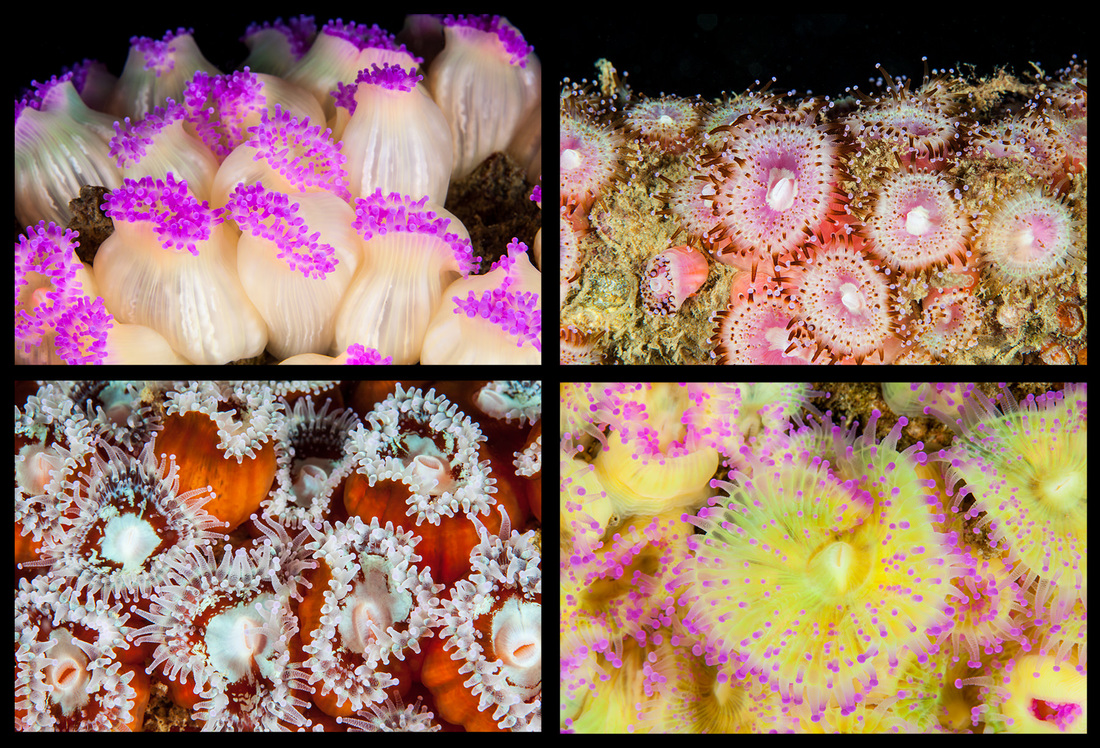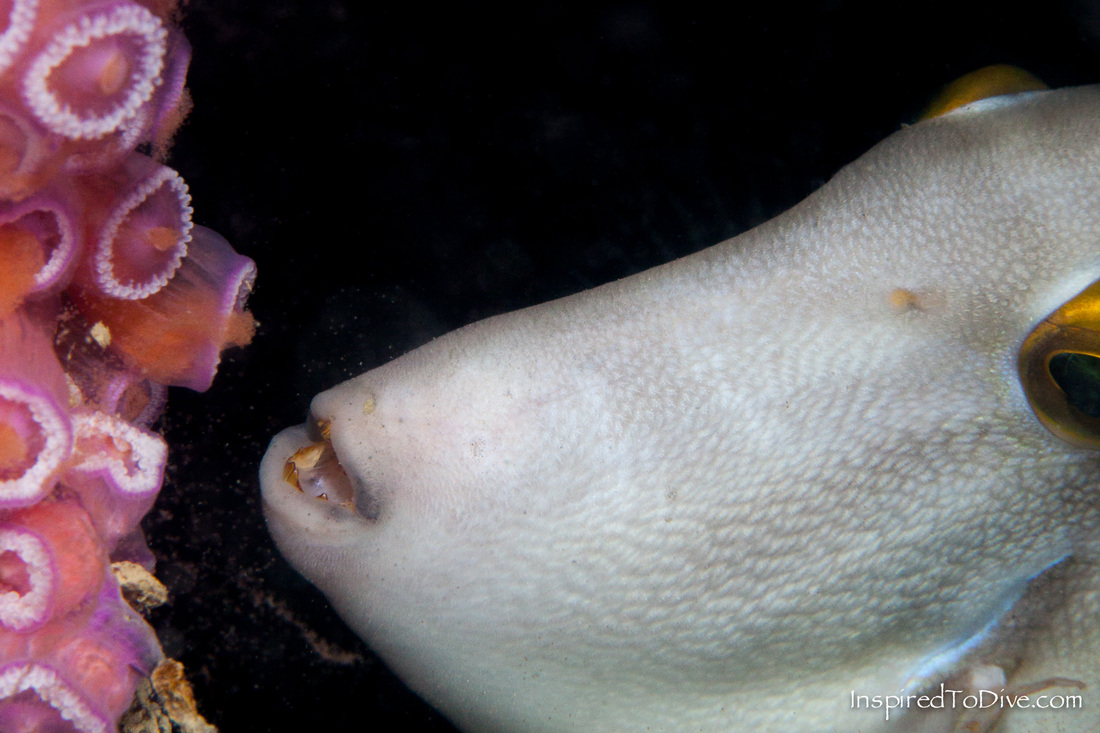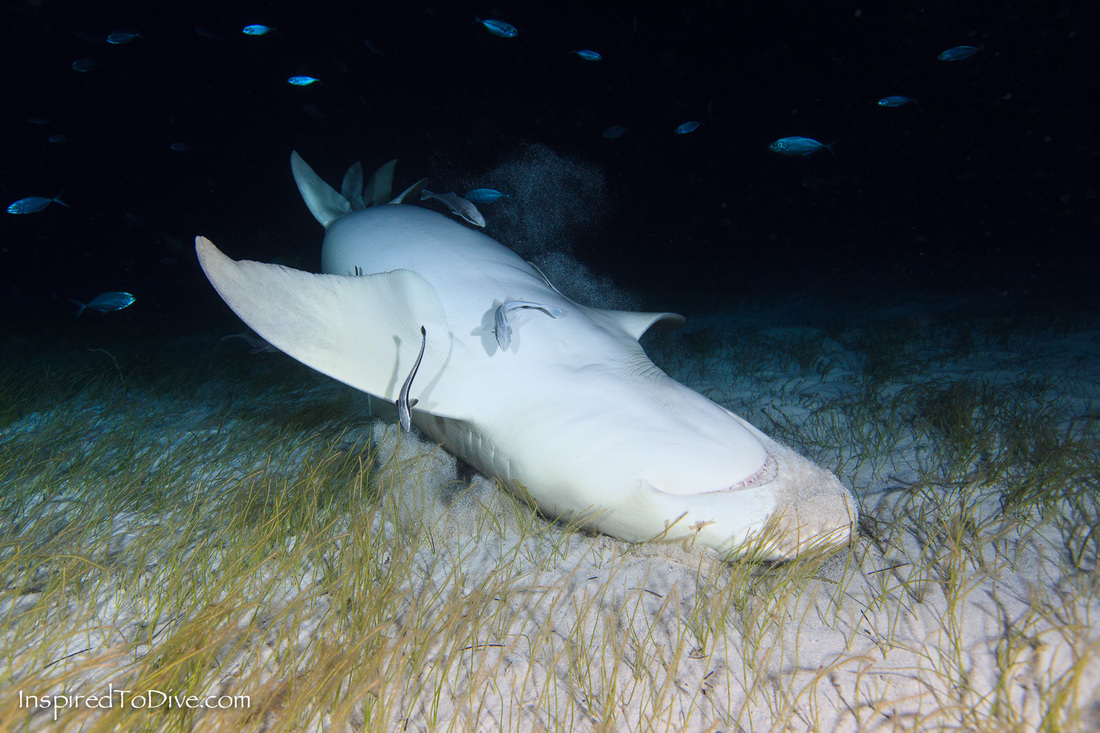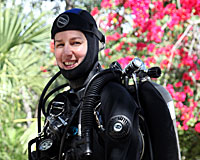Sunk as a wreck for scuba divers in 2007, the ex-HMNZS Canterbury has since become an artificial reef within the Bay of Islands. Colonies of Corynactis australis (Jewel Anemones) have propagated along the railings around the wreck and on the hull itself.
In 2009 divers from Northland Dive descended on the wreck. By accident they discovered a great natural phenomenon of New Zealand's underwater world.
In 2009 divers from Northland Dive descended on the wreck. By accident they discovered a great natural phenomenon of New Zealand's underwater world.
Corynactis australis are known for their high degree of colour variability. In addition to spawning they also reproduce by fission. Their bodies split in half vertically, forming patches of similarly coloured individuals.








 RSS Feed
RSS Feed

